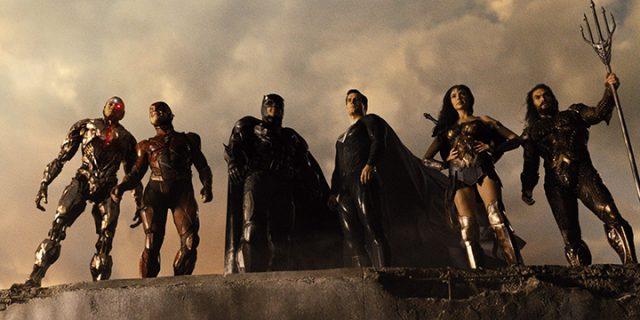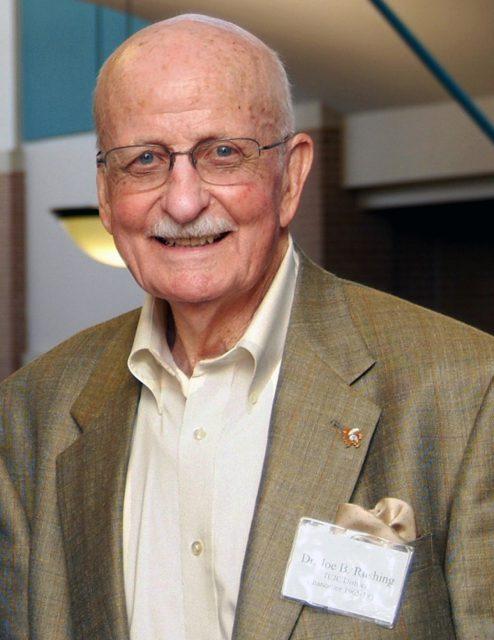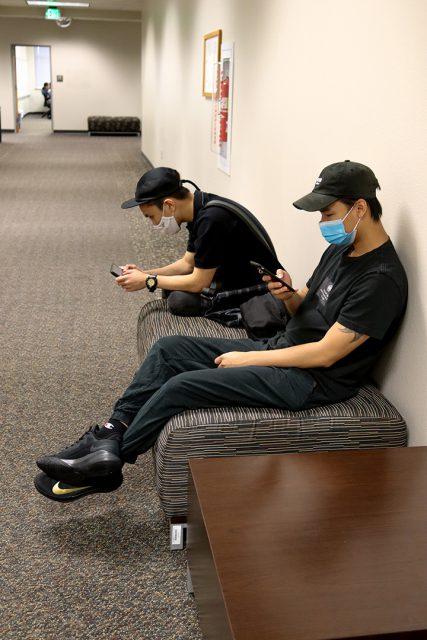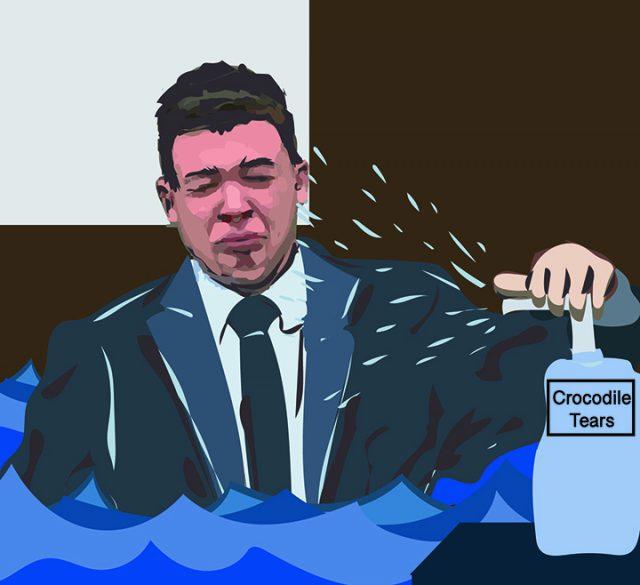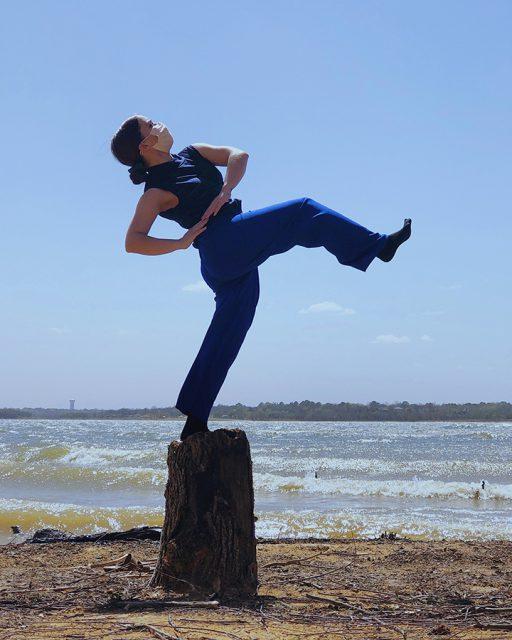Logan Evans
campus editor/photographer
“Zack Snyder’s Justice League” is a director’s cut with a big backstory.
In early 2017, Snyder left the already troubled production of “Justice League” to grieve the loss of his daughter, Autumn. He had still been working on the film for several months after her death, hoping to bury himself in his work, but finally decided it was best to hand the project off.
The original cut of “Justice League” was released later that year to mostly negative reviews. Word began to spread that replacement director Joss Whedon had fundamentally changed the story Snyder was trying to tell.
Then, there were rumblings. Fan blogs and comment threads spoke of a fabled “Snyder Cut” — the unmarred vision of Snyder — completed and locked away somewhere in a vault.
It’s not clear if a version of that cut really did exist at the time, but it does now. HBO Max has released a four-hour edit of the film that embodies everything Zack Snyder is as a filmmaker.
The premise is mostly the same — the Justice League must stop an alien villain named Steppenwolf from harnessing the power of the “mother boxes” to conquer planet Earth.
Everything else, however, is either changed, improved or expanded on from the theatrical version.
Snyder is most famous for his dynamic visual style, and the look of this film is gripping from the start. Originally shot for IMAX viewing, the footage is presented in a square 4:3 aspect ratio to “preserve the integrity of Zack Snyder’s creative vision,” according to HBO.
This lets many shots play out like panels from a comic book. Colors sulk in muted saturation. Characters move in and out of Snyder’s indulgent slow-motion. It looks gorgeous.
The tone of the film is much darker from the Avengers-like snappiness of Whedon’s cut, but there’s enough levity to stop the movie from feeling too heavy, mostly delivered through Ezra Miller’s Flash.
The emotional core of the film comes through a character that was mostly cut from the original version — Ray Fisher’s Cyborg. Even with reports of behind-the-scenes conflict between Fisher and Whedon, it’s baffling that so much of Cyborg was taken out. In a series that treats superheroes like gods, the half-human Cyborg is given the most human arc.
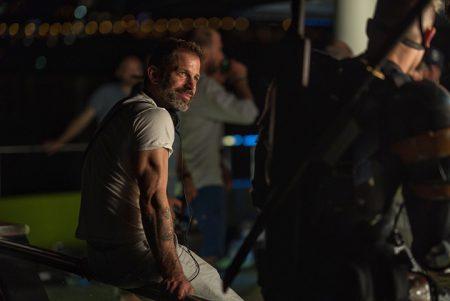
Filmed in 2017, Death Stroke’s appearance was meant to set up a future sequel.
Critics of Snyder’s style won’t be won over with this version. He uses more slow-motion than ever, more rock songs play over gritty “badass” moments. The story is broad. The colors are dark. Batman says the F-word.
But what else would you expect from a Zack Snyder-directed movie with his name in the title?
Taken in as a single feature, “Zack Snyder’s Justice League’’ has some problems. It’s about an hour too long, with over thirty minutes of epilogue tacked on. Ironically, it might have benefited from a little editing.
But as the passion project of a divisive director working through a personal tragedy, it does exactly what it should do. “Zack Snyder’s Justice League” is the embodiment of Zack Snyder.
It’s his unfiltered vision.
For all its grand themes of gods and superhumans, the film ends with a small bit of text on a black screen: “For Autumn.”
























